Every living creature, from the tiniest insect to the majestic elephant, plays a vital role in maintaining the delicate balance of our ecosystem. Each species serves as a home for a wild animal, which offers a unique environment that aids in preserving biodiversity. The importance of preserving wildlife can’t be stressed enough.
It’s not just about the animals; it’s about the survival of our natural world, of which we are an intrinsic part. In the face of rapid urbanization and deforestation, many species face the threat of extinction. Their habitats are shrinking, leaving many needing a proper home or environment. This is where the importance of wildlife conservation and Wildlife management practices comes into play.
Conserving their habitats, regulating hunting, and promoting coexistence are essential stuff. This way, we can ensure that future generations are not deprived of the wonders of the wild. As guardians of the planet, it’s time we answer the clear and resounding call of the wild.
Protect Wildlife Habitat
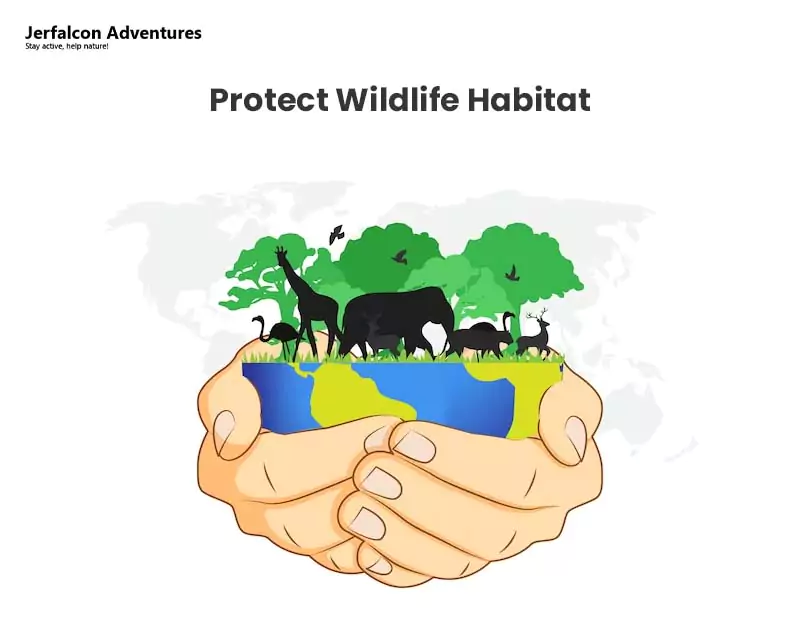
Countless species rely on natural ecosystems for survival and prosperity. We must ensure that animals can access shelter, food, and breeding grounds by conserving these settings. Conservation helps save different animals and plants from disappearing. This means we must stop cutting down forests, control city expansion, and protect places like forests and wetlands where animals live.
Sustainable Land-use Practices
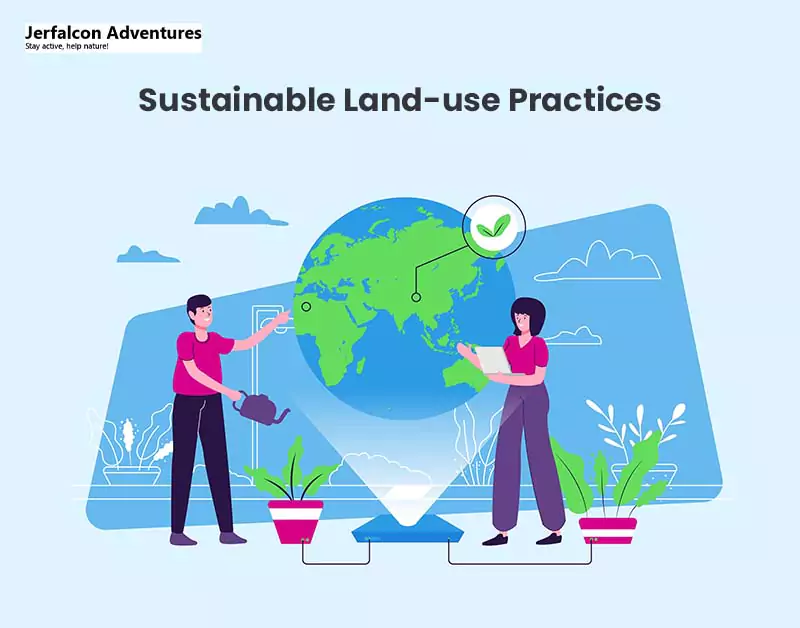
Land is a limited resource, and how humans use it directly impacts animals. Agroforestry and regulated grazing are sustainable land use methods that balance human needs and environmental protection.
We should limit habitat damage and fragmentation by employing these strategies, ensuring that ecosystems stay intact and functional for the flora and fauna that inhabit them.
Identifying Threats to Wildlife
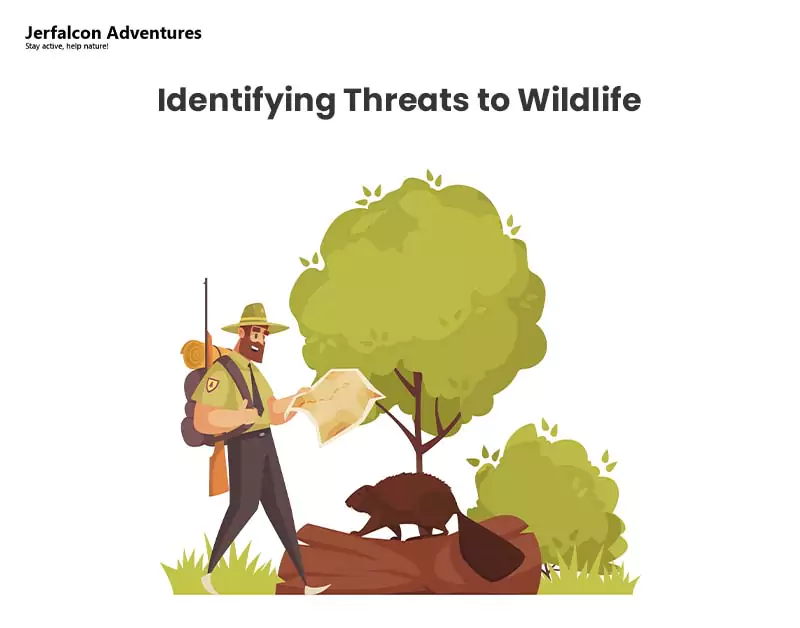
Proactive conservation necessitates a thorough awareness of the issues confronting wildlife. This includes recognizing hazards, whether artificial (pollution and illegal hunting) or natural (disease and predators).
You must devise and implement corrective solutions once the problem has been identified. We can handle issues before they become catastrophes if we keep aware and watchful.
Creating Awareness and Education

In nature restoration or conservation, knowledge is a powerful instrument. Increasing public knowledge and education about the value of wildlife can result in good change at the grassroots level. Communities are more inclined to engage in initiatives for the conservation of wildlife. They should know about the significance of nature in maintaining ecological equilibrium.
From curricula to community workshops, educational programs develop respect and appreciation for nature and its inhabitants.
Creating Wildlife Areas
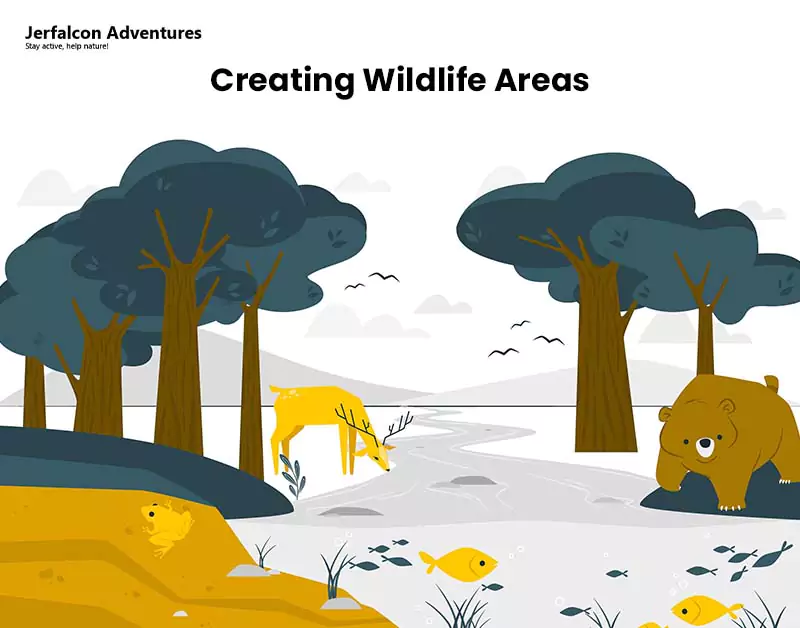
Designated areas, particularly for species conservation, such as sanctuaries, reserves, and national parks, can operate as safe havens for species. Not only do these zones protect species from poaching and habitat loss, but they also foster biodiversity. By creating safe havens for animals to live, reproduce, and prosper, we should ensure that nature’s heritage lives on for future generations.
Supporting Wildlife Rehabilitation
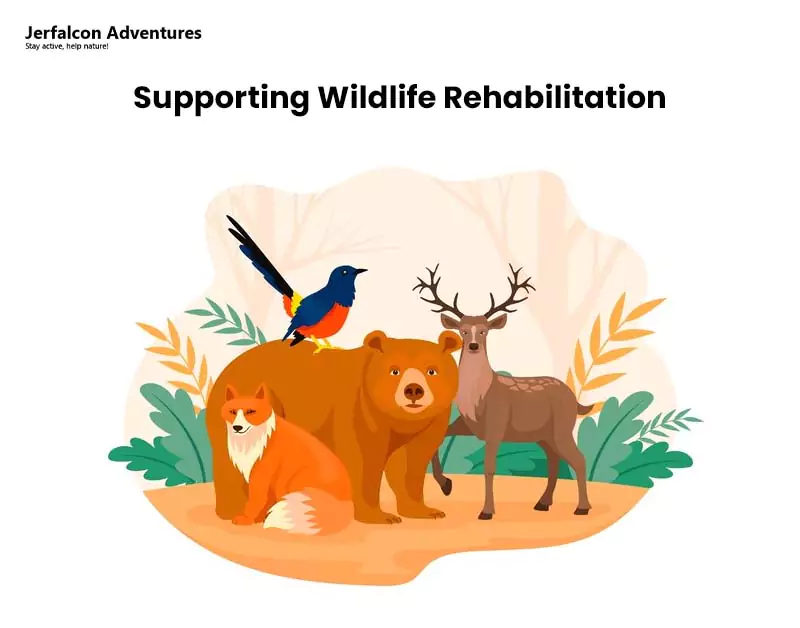
Wildlife rehabilitation is crucial to protecting many species that have suffered unanticipated injury or dispersion. This includes caring for and rehabilitating injured, sick, or orphaned wild animals to return them to their natural habitat.
Supporting such projects, whether financially or via volunteering, can assist these creatures in recovering and returning to the wild. We ensure that every individual animal has a fighting chance and that populations stay robust and resilient in this way.
Consume Less, Recycle More
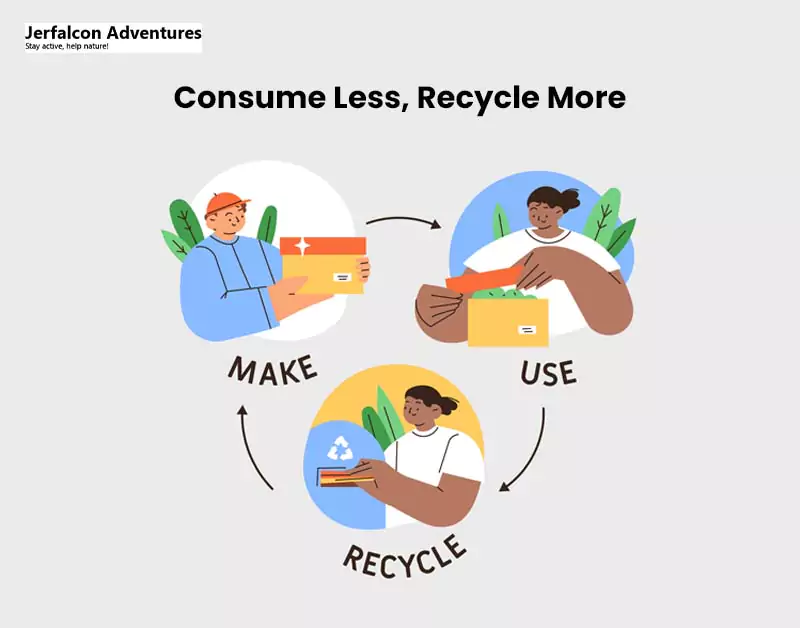
Our consumption patterns have a direct impact on wildlife and their habitats. Overconsumption leads to over-extraction of resources, resulting in habitat destruction. Adopting a minimalist lifestyle by consuming only what is necessary can reduce this strain.
Additionally, recycling more and producing less waste reduces the need for new raw materials, thereby preserving natural habitats. Making conscious decisions about our consumption habits can lead to a more sustainable coexistence with wildlife.
Addressing Marine Conservation
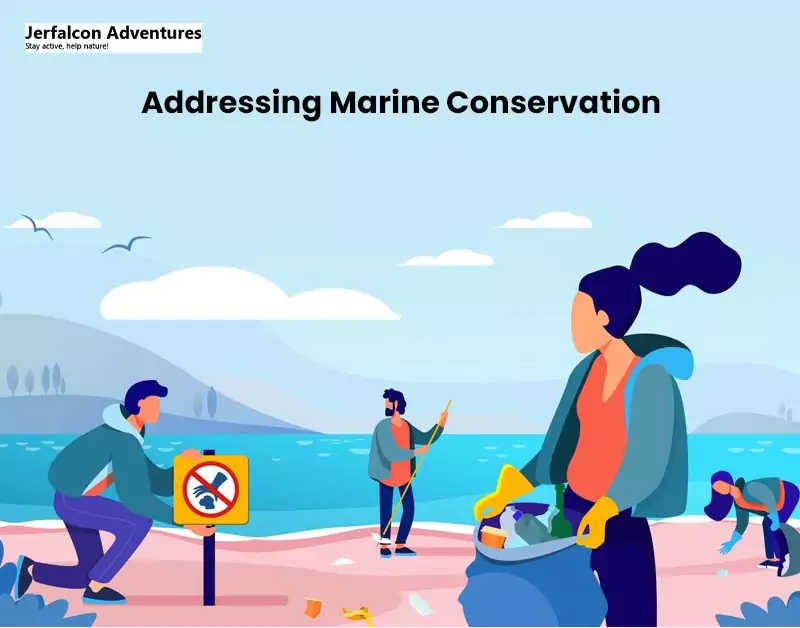
Oceans, covering 70% of our planet, are home to an incredible array of biodiversity. However, overfishing, pollution, and climate change threaten marine ecosystems.
Addressing marine conservation involves establishing protected areas, implementing sustainable fishing practices, and reducing marine pollution. By prioritizing the health of our oceans, we ensure that marine species, from the colossal whales to the tiniest plankton, continue to thrive in their underwater realm.
Plant Trees
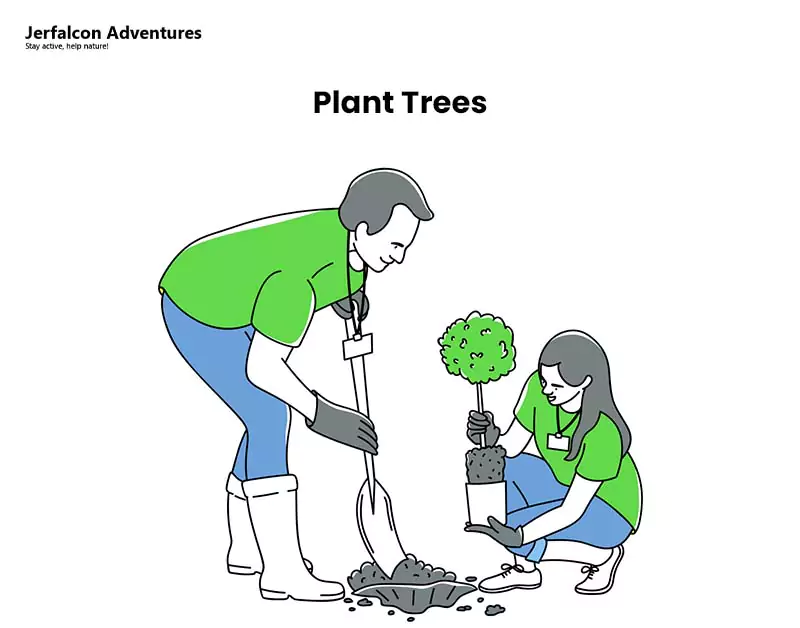
Trees are our planet’s lungs. They produce oxygen, store carbon, and provide habitat for various species. Every tree planted improves the ecology and benefits everything from birds to mammals. Furthermore, forests are critical to the Earth’s temperature, water cycle, and soil protection.
Planting trees in metropolitan or degraded areas can have far-reaching benefits for nature, the environment, and people. We encourage a world where the environment and wildlife can thrive by actively participating in afforestation and replanting activities.
Become a Member Of A Conservation Organization

Joining a conservation organization is a tangible step toward significantly influencing the conservation of wild animals. These organizations labor on the front lines. These enact legislative changes, supporting critical research, and aggressively lobbying for wildlife sustainability.
By becoming a member, you financially and actively support these vital activities. Membership also frequently grants access to exclusive events, workshops, and projects, allowing members to participate in wildlife animal protection or conservation efforts.
Express Your Concerns And Become Actively Involved
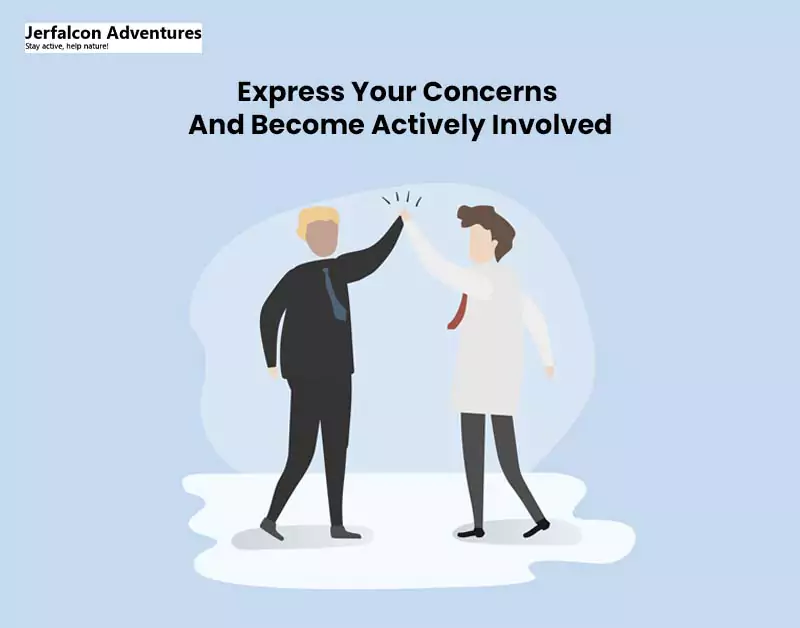
Voicing your concerns about wildlife and their habitats can lead to meaningful change. Engage wildlife conservation management in community meetings, write to your local representatives, or participate in public forums. Your active involvement can draw attention to pressing environmental issues. This includes local challenges like urban development encroaching on the care of wild animals or wildlife habitats to climate change.
By standing up, speaking out, and collaborating with like-minded individuals, you amplify the call to action, influencing policy-makers and public opinion for wildlife protection management.
Share Your Excitement For Nature And Wildlife
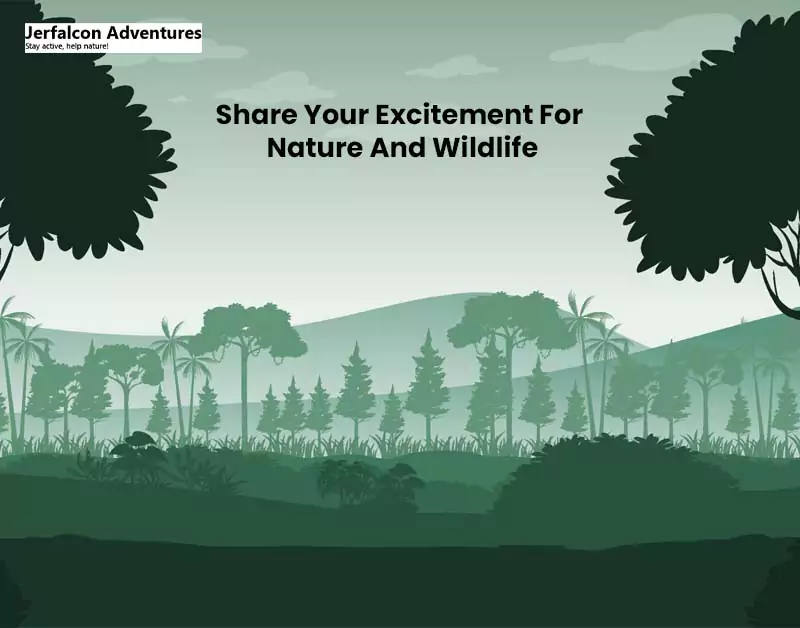
Enthusiasm is infectious! By sharing your love and excitement for nature and wildlife with others, you inspire them to appreciate and value the natural world. Whether through casual conversations, photography, social media posts, or hosting nature walks, every shared moment can open someone’s eyes to the beauty and importance of wildlife.
By cultivating a community that values nature, you contribute to creating a society that prioritizes the preservation of wild animals and the well-being of all creatures, big and small.
The importance of protecting wildlife
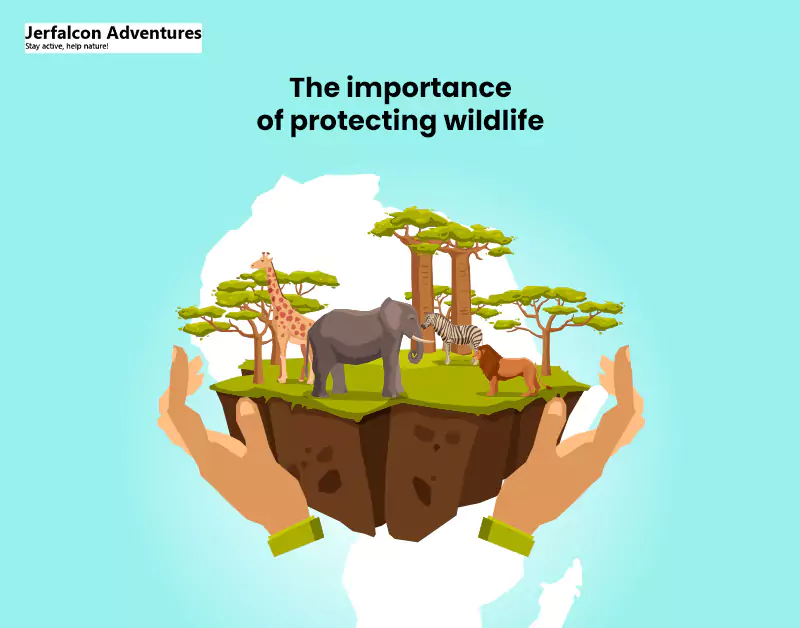
Our planet’s rich biodiversity is a testament to the intricate web of life, with every species playing a unique role in the ecosystem. The importance of wildlife conservation cannot be stressed enough, as it ensures the survival of these species and maintains the balance of our ecosystems.
By conserving wildlife, we can ensure that future generations experience the wonder of our planet’s diverse inhabitants. Moreover, we can preserve the essential ecological processes that sustain life as we know it. Wildlife protection goes beyond just safeguarding a particular species.
It encompasses the goal of wildlife conservation and their habitats, the water sources they depend on, and the plants they consume. Each effort to save wild animals from the brink of extinction or threats like habitat loss, pollution, and climate change is an investment in the health and sustainability of our planet.
FAQS about Assisting and Protecting Wildlife
What is the best way to support wildlife?
The most effective way to save wildlife is to promote and participate in habitat conservation, support and donate to reputable wildlife organizations, practice sustainable and eco-friendly habits, educate others about biodiversity’s importance, and advocate for policies that protect endangered species and their habitat.
Why is helping wildlife important?
Wildlife conservation is critical because it protects biodiversity, which is essential for the stability and resilience of ecosystems. Water purification, crop pollination, carbon storage, and disease control are all provided by a diversified ecosystem. Protecting wildlife also protects our planet’s natural balance and health for future generations.
What are the three benefits of wildlife management?
Wildlife protection management has three significant advantages:
1) It maintains ecological balance, ensuring the sustainability of species populations and the proper functioning of ecosystems.
2) It promotes recreational activities such as hunting and bird watching, which helps the local economy.
3) It treats human-animal conflicts proactively, encourages coexistence, and safeguards the interests of both wildlife and humans.
What is the main goal of wildlife management?
The primary purpose of protecting the wild and nature conservation is preserving animal species and their habitats. This will maintain biological diversity and ecological balance. You can accomplish this by controlling human-wildlife interactions, regulating species populations, conserving ecosystems, and assuring the long-term utilization of wildlife resources for present and future generations.
What is a wildlife conservation plan?
A conservation plan is a long-term strategy for preserving and maintaining wild animals and ways to protect habitats. It outlines strategies, methods, and policies to save species, restore ecosystems, control risks, and enhance biodiversity. Such plans frequently include research, monitoring, habitat management, and community engagement to achieve their objectives.
Why are wildlife management plans important?
Wildlife management practices are necessary because they give a systematic method for maintaining biodiversity and ensuring the sustainability of ecosystems. Wildlife management techniques combat wildlife threats, manage species populations, and reduce human-nature conflicts. These plans provide that animal resources are available for future generations. Ecological balance is preserved by guiding conservation efforts.
Final Thoughts
In conclusion, every step we take toward conserving wildlife is not just about the animals but about us. The importance of wildlife conservation reverberates through every breath we take, every drop of water we drink, and every bite of food we consume. By conserving wildlife, we commit to ensuring a healthier, more balanced, and sustainable world.